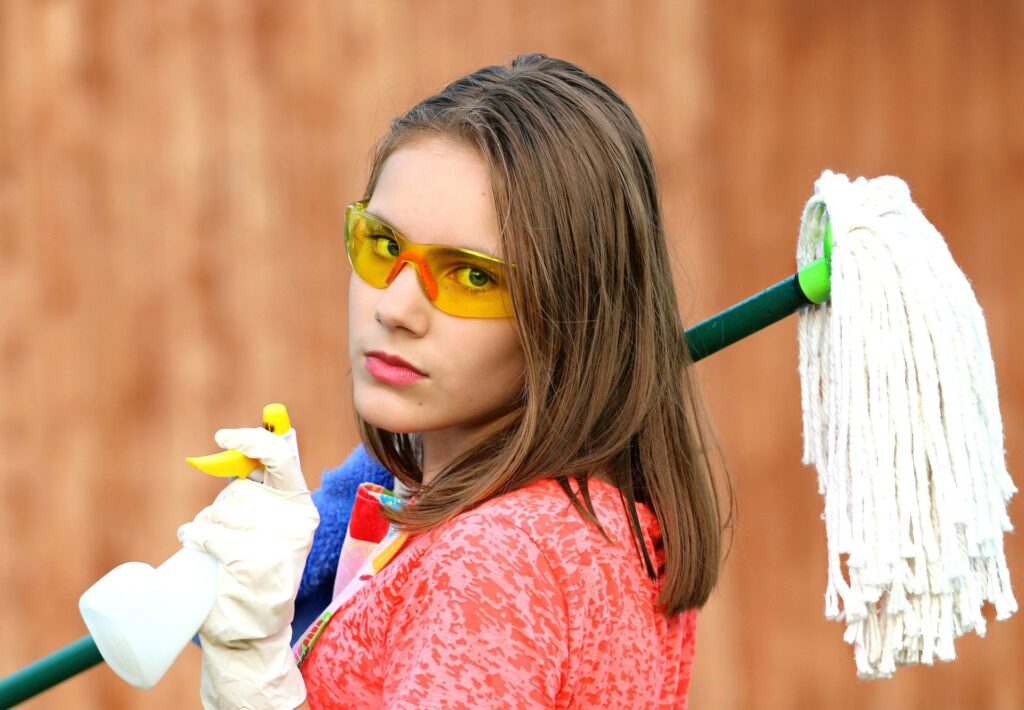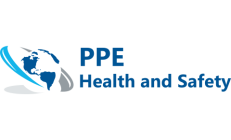
Months after the CDC announced a global shortage of PPEs, society is still struggling to get these essentials. Is there a reliable marketplace to buy premium face masks, sanitizers, and disinfectants? Right now, the safest route is to find legit local manufacturers and suppliers through a trusted PPE directory.
Coronavirus COVID 19 transmission fast facts
Nobody wants to spread SARS-CoV-2 that causes COVID 19, but if individuals do not take the proper precautions, exposure is possible. What makes this virus so dangerous is the fact that it’s unpredictable and infectious. How transmissible is the SARS-CoV-2 pathogen? Foremost, there’s direct and indirect contact transmission, where vulnerable groups can contract the virus by touch or respiration. Person-to-person contact transmission occurs when someone inhales respiratory droplets during a conversation with an infected person. It accounts for the highest number of cases thus far. COVID 19 respiratory droplets can permeate the air when someone who has contracted the virus sneezes, coughs, or speaks. It can also contaminate surfaces and remain viable for days. For this reason, it’s crucial to clean and sanitize all high touch surfaces as a first-line response strategy.
Why buy COVID 19 germs-fighting disinfectants?
How to lower the risk of COVID 19 infection? Since there’s no way to detect contamination, routine sterilization of high traffic surfaces remains a fundamental preventive measure. However, for cleaning and sanitizing to be effective, one must procure the right EPA-approved products, including disinfectant. The ideal disinfectant should contain germicides and virucides that can inactivate coronavirus pathogens on contact. If disinfectant doesn’t have these specific ingredients, it is powerless against the SARS-CoV-2 virus.
COVID 19 cleaning and disinfecting best practices
First, learn this, disinfecting and cleaning are not the same. People often confuse the two, thinking either will work, but as the CDC emphasized, both processes are necessary. Not sure how to clean and disinfect for COVID 19? Follow the CDC best sanitization guidelines on how to keep spaces COVID 19 virus-free.
Note: Cleaning is the process of removing or eliminating contaminants on hard or soft surfaces. Whereas disinfecting involves decontaminating surfaces of pathogens, including germs, bacteria, and viruses.
Coronavirus can last anywhere from 24 hours to days on surfaces depending on the type of material, researchers say. Therefore, it is essential to clean and sanitize all high-touch sites or surfaces. Although contact (person-to-person) transmission poses a higher risk of exposure compared to surface contamination, daily sanitizing is a must. Not only that, but every item or visitor who enters the home is a potential risk of exposure.
Steps to kill COVID 19 pathogens
- Get a container (bucket) with clean water, then add some detergent or soap and find a piece of cloth or hand towel.
- Start cleaning high-touch surfaces with this soapy solution to remove any stuck-on debris, dust, and contaminants.
- Finalize with a surface-appropriate disinfectant to kill any remaining pathogens of viruses, germs, and bacteria.
Note: Disinfecting spray and wipes get the job done effectively.
List of high-touch surfaces to sanitize (clean and disinfect) daily
Here is a brief list of things to sanitize around the home. These areas get frequent visits and are likely to harbor contaminants. To make these places safer and lower the risk of COVID 19 infection, one should sanitize all of these hotspots. Use this list as a guide to identifying more high-touch hotspots.
- Kitchen countertops
- Toilet (handle, seat)
- Doorknobs
- Light switches
- Game controllers
- Table surfaces
- Facets
- Faucet knobs
- TV remote
- Dining chairs (arms, back, seat)
- Bathroom counters
Disinfecting incoming mail and packages
Since coronavirus pathogens can survive on surfaces for some hours or worst days, nothing is safe. So, yes, to keep the virus out of the home, it is wise to sanitize all mails and packages. Disinfecting wipes are perfect for the job to avoid soaking the box or damaging the contents. Coronavirus pathogens last about 24 hours on cardboard boxes and longer on plastic. It’s only a precaution because delivery service companies are taking the necessary steps to reduce transmission as well.
How to disinfect electronics
These days, especially during the lockdown, smart devices were the only thing keeping society sane. However, unbeknownst to the majority using these devices daily, they carry the most germs. Now that COVID 19 is spreading, one must be cautious and sanitize these items regularly to avoid contamination. Again, disinfecting wipes are ideal to avoid technical mishaps. Where to give special attention?
- Buttons
- Screen
- Casing or cover
Note: it is appropriate to use disinfecting spray with a piece of fabric or towel when cleaning and sanitizing hard materials such as computers.
Search the top PPE directory online to find the best disinfectant deals for COVID 19 from wholesalers and suppliers nearby.
